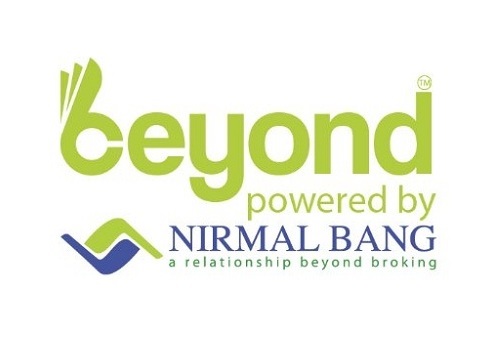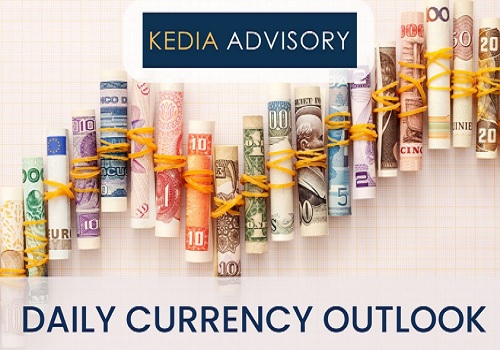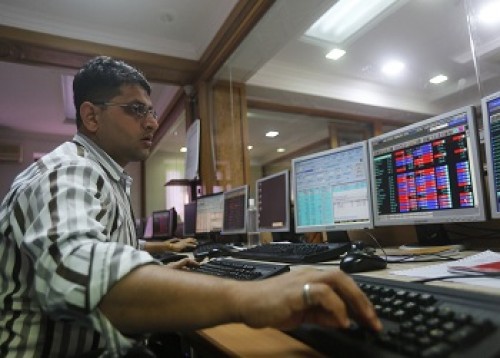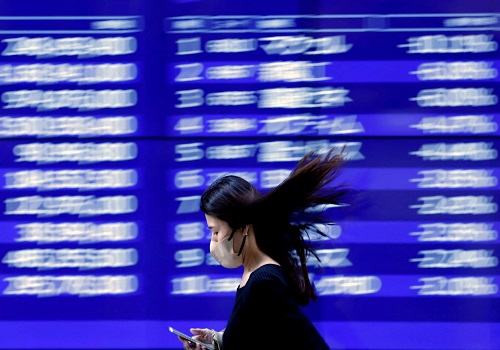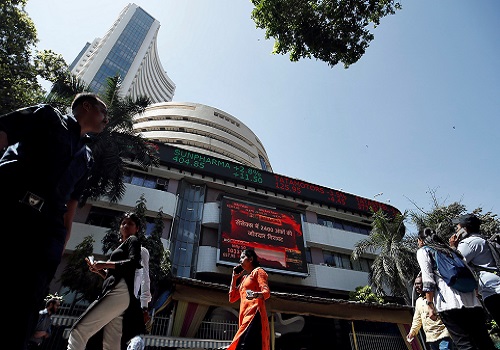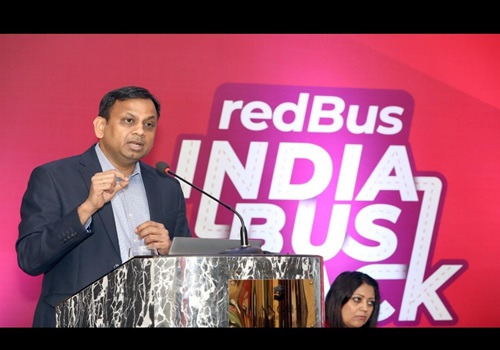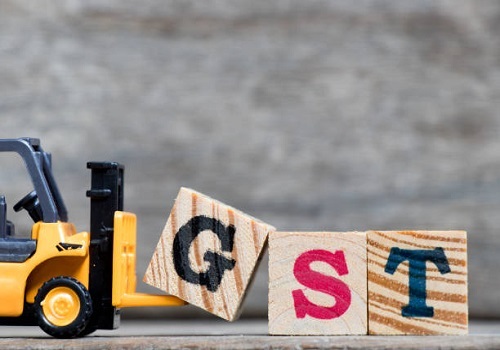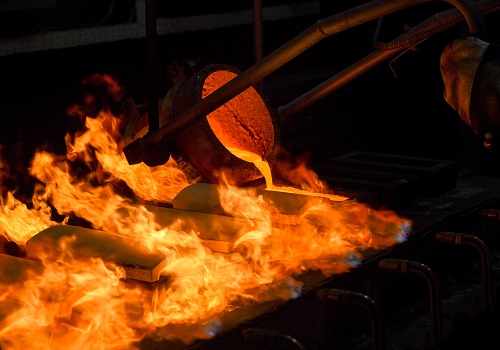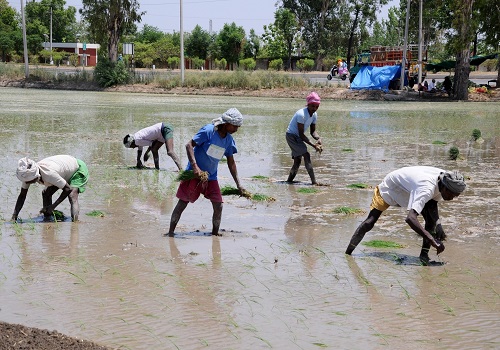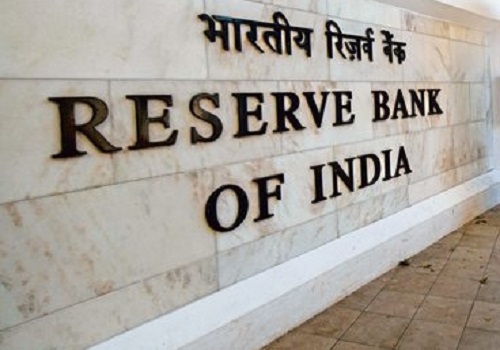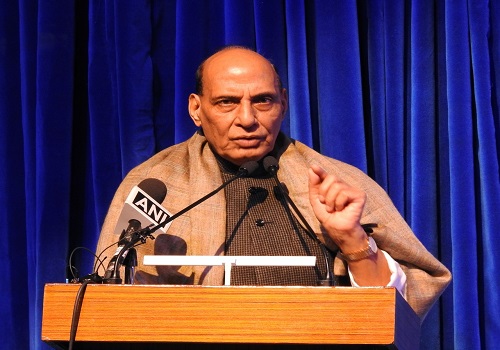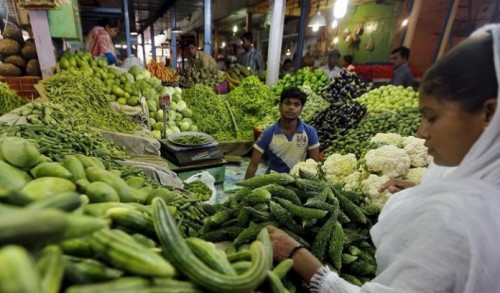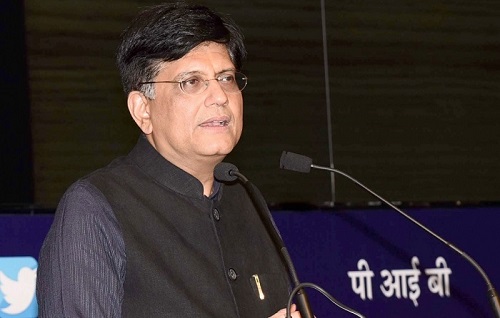August CPI inflation rose to 7%, led by food. Whereas, core inflation remained stable By Emkay Global Financial Services
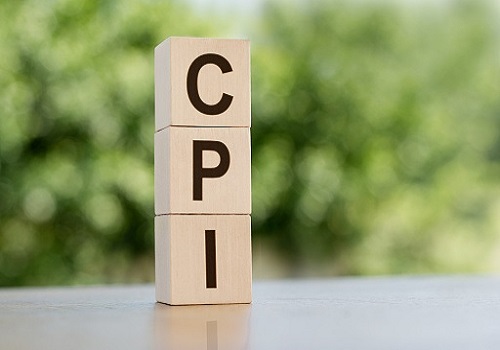
Follow us Now on Telegram ! Get daily 10 - 12 important updates on Business, Finance and Investment. Join our Telegram Channel
https://t.me/InvestmentGuruIndiacom
Download Telegram App before Joining the Channel
* August CPI inflation rose to 7%, led by food. Whereas, core inflation remained stable (6.20% YoY). Higher food inflation was led by irregular monsoon distribution and lower sowing. While food inflation saw increases across almost all categories, cereals, vegetables, and pulses saw significant sequential momentum. Meanwhile, core sequential momentum moderated with fixed behavior of sub-segments. Services and housing inflation rose modestly.
* High-frequency mandi prices indicate that prices of perishables could increase going forward as well. However, weakness in precious and base metals and select energy prices globally, if sustained, should act as a moderating influence on headline inflation. Near-term offsetting may come from food, sticky motor fuel prices, and higher kerosene prices as well as import duties on gold. With domestic demand fairly resilient so far, core CPI pressures may remain reasonably sticky.
* We are currently tracking September inflation at 7.14%, with Q2FY23E print at 6.94% – lower than the RBI’s forecast of 7.1%. This is, however, unlikely to derail the RBI’s tightening path as inflation still remains elevated. We maintain our FY23 CPI estimate of 6.5% with a downward bias (RBI: 6.7%). FY23 could see rates go up by maximum 50bps, with the central bank showing its intent to keep real rates near its estimated natural rate. The break-up of the remainder rate hike could be frontloaded or split for the rest of CY22.
CPI inflation meets expectations at 7.0%; Food inflation spikes
August CPI inflation expectedly came at 7.00% (Emkay: 7.03%, Consensus: 6.90%), with higher food inflation as one of the biggest drivers. This is now the eighth-straight month above the RBI’s upper tolerance limit of 6%, with August print marking an uptick after three straight months of the decline. Food inflation (7.62% yoy; 0.9% mom) surged in August, with the impact of lower sown area and irregular monsoon distribution being felt. Cereals and pulses prices rose by over 2.4% and 1.7% mom, respectively, partly validating the recent imposition of export duties on most varieties of rice, except basmati, to manage prices back home. Vegetable prices have also increased by 2.5% and high-frequency mandi prices show further uptick amid the erratic monsoon season. Flooding in some states has caused crop damage as well, which could also add to inflationary pressures. However, meat-based proteins (the only segment that eased along with oils and fats) might ease a bit due to the upcoming festivities. Energy inflation remained elevated, but eased sequentially (10.8% yoy, -0.4% m/m). Weakness in precious and base metals and select energy prices globally should act as a moderating influence on headline inflation. However, food inflation, sticky fuel prices, hike in kerosene prices, and gold import duties could act as near-term drivers.
Core inflation stays flat at 6.2% with transport costs easing further
Core inflation (ex-food, fuel, and intoxicants) was almost unchanged at 6.17% yoy (0.46% mom), reflecting lower transport costs. T&C costs (0.19% mom) moderated due to continued lower fuel pump prices. Services inflation rose modestly, while housing inflation rose slightly. Clothing and footwear (9.91%, 0.68% mom) was a significant contributor, as was education (5.5% yoy, 0.53% mom) and personal care and effects (7.0% yoy, 0.88% mom). Health, household goods and services, and recreation and amusement increased moderately on a sequential basis, and the upcoming festive season could be a tailwind.Core inflation (ex-food, fuel, and intoxicants) was almost unchanged at 6.17% yoy (0.46% mom), reflecting lower transport costs. T&C costs (0.19% mom) moderated due to continued lower fuel pump prices. Services inflation rose modestly, while housing inflation rose slightly. Clothing and footwear (9.91%, 0.68% mom) was a significant contributor, as was education (5.5% yoy, 0.53% mom) and personal care and effects (7.0% yoy, 0.88% mom). Health, household goods and services, and recreation and amusement increased moderately on a sequential basis, and the upcoming festive season could be a tailwind.
IIP growth slows to 2.4% with sequential declines across the board
IIP grew 2.4% yoy in July 2022 (Emkay: 4.3%; Consensus: 4.3%; 12.7% prior), with a slightly unfavorable base effect, as well as sequential declines. Manufacturing grew 3.2% yoy (-1.2% mom), weighed down by segments such as computers, apparel, and non-metallic mineral products. Electricity grew 2.3% yoy (-4.1% mom), while mining declined 3.3% yoy (-11.1% mom). In use-based sectors, consumer durables (2.4% yoy, -3.0% mom), capital goods (5.8% yoy, -6.7% mom), infrastructure goods (3.9% yoy, -0.4% mom), consumer durables (2.4% yoy, -3.0% mom), and consumer non-durables (-2.0% yoy, -2.1% mom) showed sequential declines, with intermediate goods (3.6% yoy, 1.6% mom) the only sub-sector to see sequential momentum. Overall IIP index remains just above pre-Covid (February 2020) levels (0.3%).
FY23 CPI to average near 6.5%+; September to see 25bps hike
Even as India’s inflation has peaked, it still warrants caution, with core inflation appearing sticky. With mandi prices hinting at further uptick, we are tracking next month’s inflation at 7.14% (implying 16bps lower than 2Q estimates of the RBI). While the RBI is still far from its supposed neutral rate, we believe we are near the peak of RBI’s hawkishness, led by falling risk premia of the entire commodity price complex. However, the global situation is still fluid and macro assessments might still require frequent adjustments ahead from a policy perspective. We are closely watching the global pace of inflation deceleration and how the impending recession will shape DM central bank policies. This will potentially have implications for the RBI. We believe FY23 could see the RBI’s policy rates terminating around 5.75% (+10/15bps), with the central bank showing its intent to keep real rates near the estimated natural rate. (See: “Monetary policy - Hikes FOMO: Be careful what you wish for....”, June 3, 2022). The break-up of the remainder rate hike could be frontloaded or split for the rest of CY22
To Read Complete Report & Disclaimer Click Here
For More Emkay Global Financial Services Ltd Disclaimer http://www.emkayglobal.com/Uploads/disclaimer.pdf & SEBI Registration number is INH000000354
Above views are of the author and not of the website kindly read disclaimer
